Speakers
Description
The HL-LHC will reach an instantaneous luminosity a factor of five to seven times the nominal LHC design value. The resulting, unprecedented requirements create the need for new high-precision instrumentation at CMS for bunch-by-bunch luminosity and beam-induced background measurements based on various radiation-hard detector technologies.
The CMS Tracker Endcap Pixel Detector (TEPX) will be adapted for precision luminometry by implementing dedicated triggering and readout systems, including a real-time clustering algorithm on an FPGA. The innermost ring of the TEPX last layer (D4R1) will be operated independently from the rest of TEPX enabling beam monitoring during the LHC ramp and during unqualified beam conditions with a dedicated timing and trigger infrastructure.
A key component of the Phase-2 luminosity instrumentation is a stand-alone luminometer, the Fast Beam Condition Monitor (FBCM), which is fully independent from the central trigger and data acquisition services and able to operate during all times with an asynchronous readout. FBCM is foreseen to utilize silicon-pad sensors with a few ns timing resolution enabling also the measurement of beam induced background.
The potential of the exploitation of other CMS subsystems, the outer tracker, the hadron forward calorimeter, the barrel muon detectors and the 40 MHz L1 trigger scouting system using a common histogramming firmware module integrated in the corresponding back-end systems is also discussed.
| Primary experiment | CMS |
|---|
